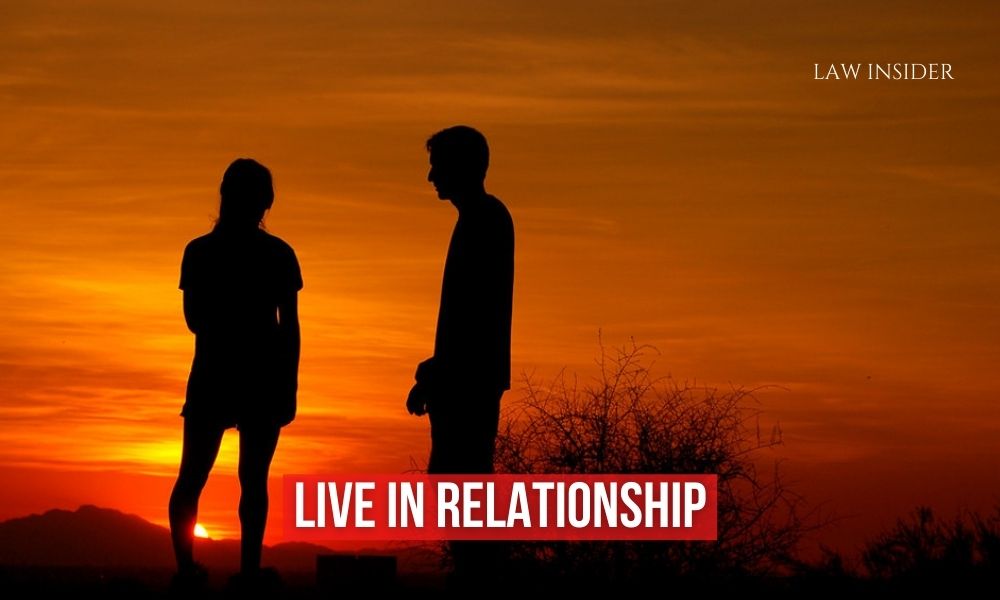Legal Aspects of Live-in Relationships in India
Live-in relationships, where an unmarried couple lives together in a long-term arrangement resembling marriage, have become increasingly common in India. This shift reflects changing societal norms and a more modern outlook among the younger population. However, the legal framework surrounding live-in relationships in India is still evolving, influenced by both progressive judgments and traditional societal values. This article explores the legal status, rights, and challenges associated with live-in relationships in India.
Legal Recognition
The Supreme Court of India has played a pivotal role in providing legal recognition to live-in relationships. In landmark judgments, the Court has acknowledged that adults have the right to live together without marriage, and such relationships are not illegal. In the case of S. Khushboo v. Kanniammal (2010), the Supreme Court held that live-in relationships come within the ambit of the right to life and liberty guaranteed by Article 21 of the Indian Constitution.
Furthermore, the Protection of Women from Domestic Violence Act, 2005 (PWDVA) provides protection to women in live-in relationships. The Act includes the term "relationship in the nature of marriage," thereby extending legal protection against domestic violence to women in non-marital relationships. This progressive step ensures that women in live-in relationships can seek legal recourse in case of abuse or harassment.
Rights of Partners in Live-in Relationships
Maintenance Rights: Women in live-in relationships are entitled to seek maintenance under the PWDVA. The Supreme Court, in D. Velusamy v. D. Patchaiammal (2010), clarified that if a couple has lived together for a reasonably long period, the woman can claim maintenance.
Property Rights: Property rights in live-in relationships remain ambiguous. Unlike married couples, partners in a live-in relationship do not automatically have rights over each other's property. However, if a couple jointly acquires property, they have a stake as per the contribution made.
Custody and Legitimacy of Children: The legitimacy of children born out of live-in relationships is protected under the law. In Tulsa v. Durghatiya (2008), the Supreme Court ruled that children born to live-in partners would be considered legitimate and have inheritance rights.
Inheritance Rights: While children born from live-in relationships have inheritance rights, partners do not have automatic inheritance rights over each other's property. This can be addressed through a will or legal agreements specifying property rights.
Challenges and Societal Perception
Despite legal recognition, live-in relationships face significant societal challenges in India. Traditional views often stigmatize such arrangements, and couples may face ostracism and moral policing. The societal acceptance varies widely across different regions and communities, with urban areas being more accepting compared to rural areas.
Legal Gaps and Future Directions
While the judiciary has made progressive strides, several legal gaps persist. The absence of a specific law governing live-in relationships can lead to ambiguities, especially in property disputes and custody battles. There is a growing need for comprehensive legislation that clearly defines the rights and obligations of partners in live-in relationships.
Additionally, awareness campaigns and societal education are essential to reduce the stigma associated with live-in relationships. Acceptance and recognition from society will play a crucial role in normalizing these relationships and ensuring that individuals can exercise their choices freely.
Conclusion
Live-in relationships in India are a reflection of changing societal values and the assertion of individual rights. The legal framework, shaped largely by judicial pronouncements, offers significant protections, especially for women and children. However, the evolution of comprehensive laws and societal acceptance is crucial for the complete realization of the rights of individuals in live-in relationships. As India progresses, the balancing act between tradition and modernity will continue to shape the landscape of live-in relationships.
This article has been contributed by Harit Parsendiya , a student at ITM University Gwalior.
Attention all law students!
If You Want To Publish Your Article On Law Media Contact - 7974887414 ( ONLY WATSAPPP )
Are you tired of missing out on internship, job opportunities and law notes?
Well, fear no more! With 5,000+ students already on board, you don't want to be left behind. Be a part of the biggest legal community around!
